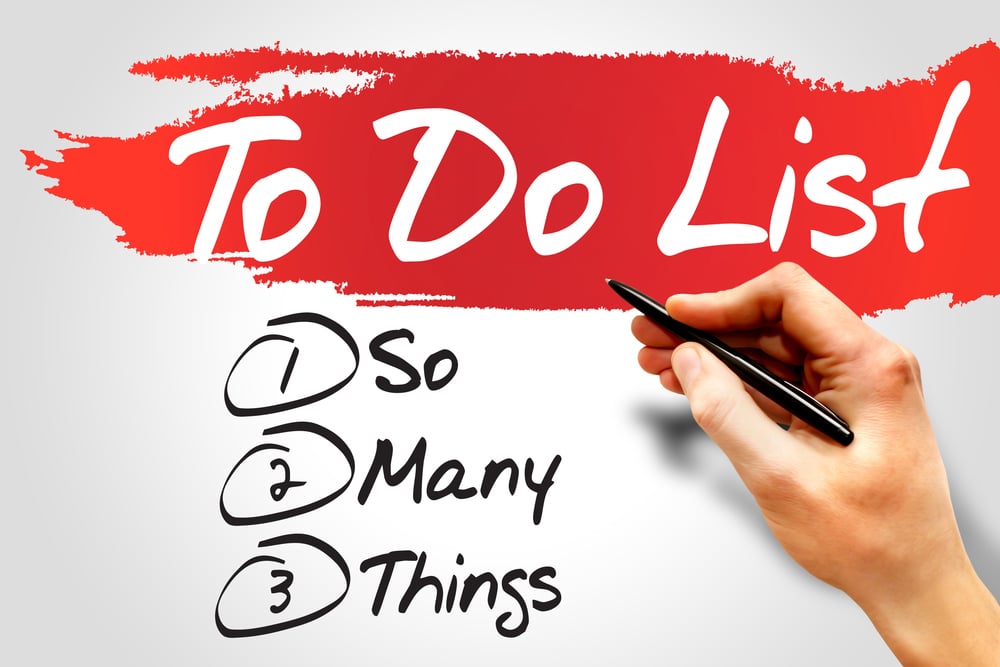For many worldwide, forced isolation and the elimination of normal recreation and social activities mean more time to focus on long-ignored action items, meaning it’s time to revisit and revamp the to-do list. In general, many people maintain running lists of to-dos to track their open obligations.
Variations in Tracking To-Dos
It may sound like a fairly basic habit, but there can be a great deal of variation in how people manage their to-do lists. For example, some may maintain long-term, mid-term, and short-term lists.
Some may try to complete everything on their list by the end of each day, week, or month, and others even put routine tasks on their lists to give themselves the psychological boost of crossing items off!
Time for a To-Do List Audit?
Regardless of how you maintain your list, we recommend what Cari Nazeer suggested in Forge: “Audit your to-do list and cut the things you know you’ll never do.” At first glance, simply removing items from a to-do list because you don’t think you’ll get to them might seem like a cop-out and a surefire way to overlook tasks. But let’s think about it for a moment.
Often, people toss things on their to-do list as soon as they pop into their head without taking time to vet whether those tasks are necessary or realistic, a priority, or their responsibility. This can result in an intimidating list of obligations.
Gaining Focus by Removing Clutter
By auditing what’s on the list and removing items you won’t actually do, the list will be more manageable, and it will be easier to focus on what does need attention and is genuinely achievable.
Scanning through your to-do list and eliminating items that won’t get done might seem like cheating, but if an item is not likely to be completed, what’s the point of having it on the list? Removing those items will make the list more manageable and remove unnecessary clutter.
The post Cutting Out ‘Long-Shot’ To-Do List Items appeared first on HR Daily Advisor.
